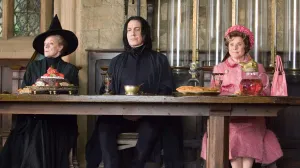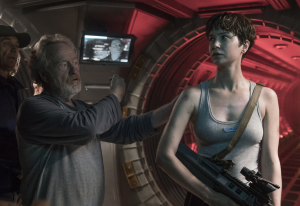It’s official: JoJo’s Bizarre Adventure‘s anime is returning, thanks to the recent announcement of Steel Ball Run during April’s JOJODAY event. So far, fans haven’t learned much about the part’s adaptation aside from its handling by David Production, the studio behind the first six JoJo parts and the spinoff series Thus Spoke Rohan Kishibe. No release window has yet been specified by the companies involved in the adaptation.
Videos by ComicBook.com
A few years have passed since the finale of Stone Ocean, and the idea of Steel Ball Run finally being adapted is tantalizing. Among all JoJo‘s manga parts, Steel Ball Run—an epic tale set in a new universe and centered around a cross-country horse-race—has long been identified by JoJo fans as one of the best in the entire series. We’re willing to take that even further, though: when Steel Ball Run‘s starting gun is finally fired, it will become JoJo‘s best anime part, and it won’t even be close.
The Grandeur of Stardust Crusaders, but With Better Pacing
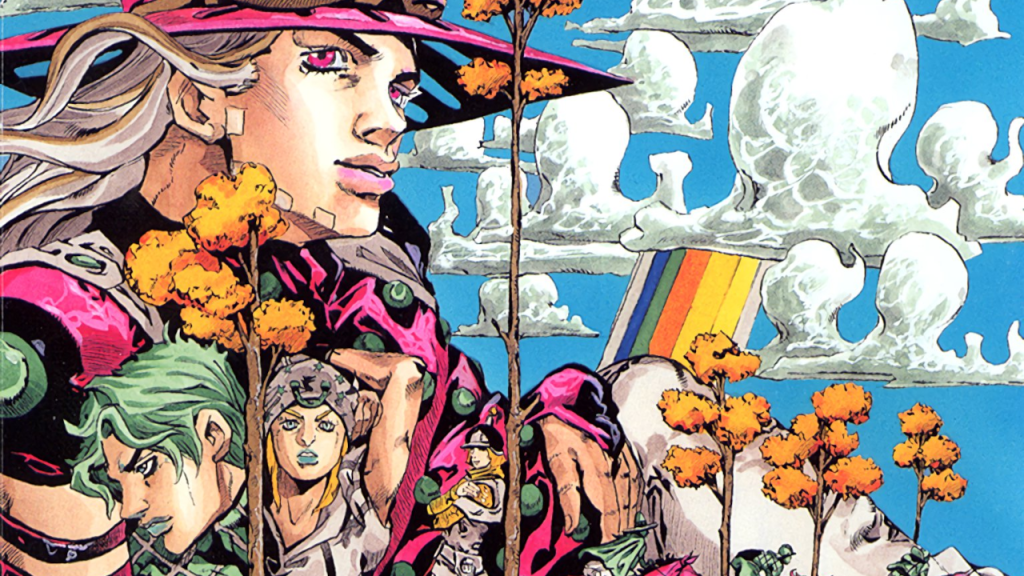
Steel Ball Run is an absolutely massive part, spanning from San Diego all the way to New York City, with plenty of digressions between. In terms of sheer length, the part dogs its predecessors in overall length. For reference, Stardust Crusaders adapted 16 manga volumes into 48 episodes—currently the longest of any JoJo anime part. Steel Ball Run, on the other hand, takes up a whopping 24 manga volumes, meaning viewers can easily expect the part to consume well over 50 or 60 episodes.
In other words, Steel Ball Run‘s narrative is as broad as its geography. In spite of that, the part is remarkably well-paced, with Araki regularly injecting mysteries, suspense, and levity while varying the length and intensity of its many battles. In fact, the part thuds along rhythmically in tandem, as though it itself moves along with a swaggering trot.
Steel Ball Run Could Have JoJo‘s Most Unique Sound Design Yet

Steel Ball Run‘s setting also lends another tremendous advantage: sonic opportunity. For its soundtrack, its turn-of-the-century horseback setting’s evocations are obvious: spaghetti Western inspiration colliding with things like gospel tunes, battle marches, and the iconic rock-driven bravado of JoJo music writ large.
Another way in which Steel Ball Run could easily have JoJo‘s best sound design: the fact that, for the first time since Phantom Blood, viewers will be sent back to a time before radio and even popular music as we know it today. Steel Ball Run is already an incredibly tense part just to read. It would be easy for an anime adaptation to play with its sophisticated and eerie tone compared to previous parts, capitalizing on the tension of silence punctured by timely noise that its setting’s stillness not only allows, but demands.
Steel Ball Run’s Ending Will Top Every Finale So Far

If JoJo is known for anything, it’s a satisfying ending. In Battle Tendency, Joseph sent “Ultimate Lifeform” Kars into space; Stardust Crusaders‘ nail-biter finale produced a barrage of memes; Golden Wind propelled Diavolo into a captivating eternal nothingness. Araki has a penchant for bringing things full circle in a blaze of glory with JoJo’s finales—truer still in Steel Ball Run.
We don’t want to give too much away to future viewers, but rest assured that Steel Ball Run’s ending will be off the walls: a protracted exercise in misdirection led by the part’s final villain, who is driven by a hodgepodge of motivations inevitably prompting reflection in a way JoJo‘s previous big bads haven’t. It also helps that their Stand is a dimension-hopping doozy that the screen will make even scarier by bringing to life.
The JoJo Reboot Let Araki Reach A New Peak
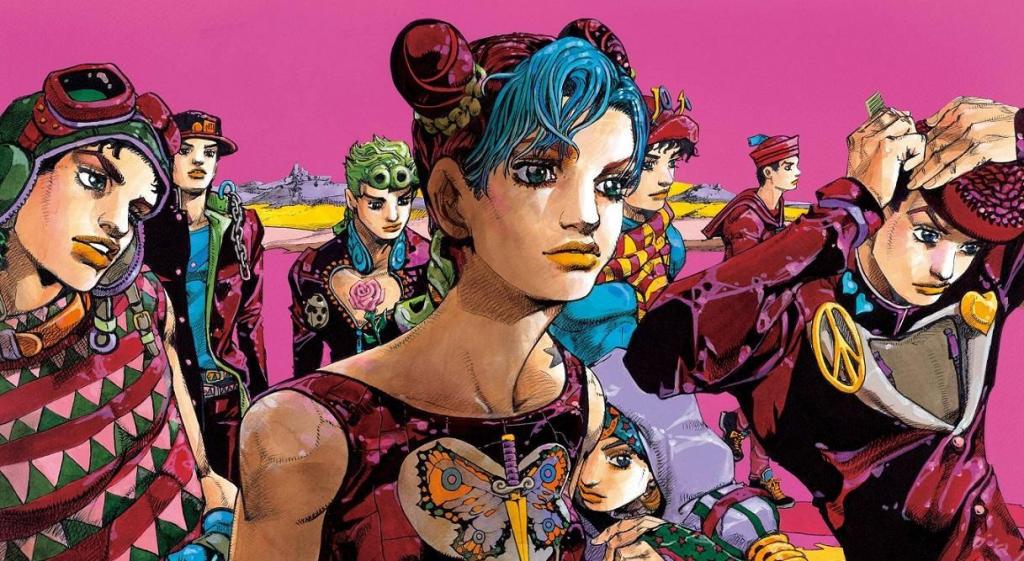
Araki faced a major issue with Stone Ocean: he felt like he had reached the peak of what he could depict in JoJo, but he wasn’t ready to let go of it. His path forward wouldn’t exactly be like starting from scratch; it was a little more like using a sourdough starter. Araki took some of the concepts and tropes underlying JoJo and used them to craft a new JoJo universe.
This decision would turn out to be phenomenally impactful. Firstly, Araki would discover early into Steel Ball Run a desire to move from a weekly to a monthly release schedule. Relocated to Ultra Jump, the seinen readership meant JoJo could tackle more complicated themes, while the staggered releases meant Araki could spend more time on art and storytelling. As a result, Steel Ball Run sees Araki realizing JoJo is under far less pressure and with a lot more room to experiment.
The JoJo Anime’s Production Team Has Something to Prove After Stone Ocean
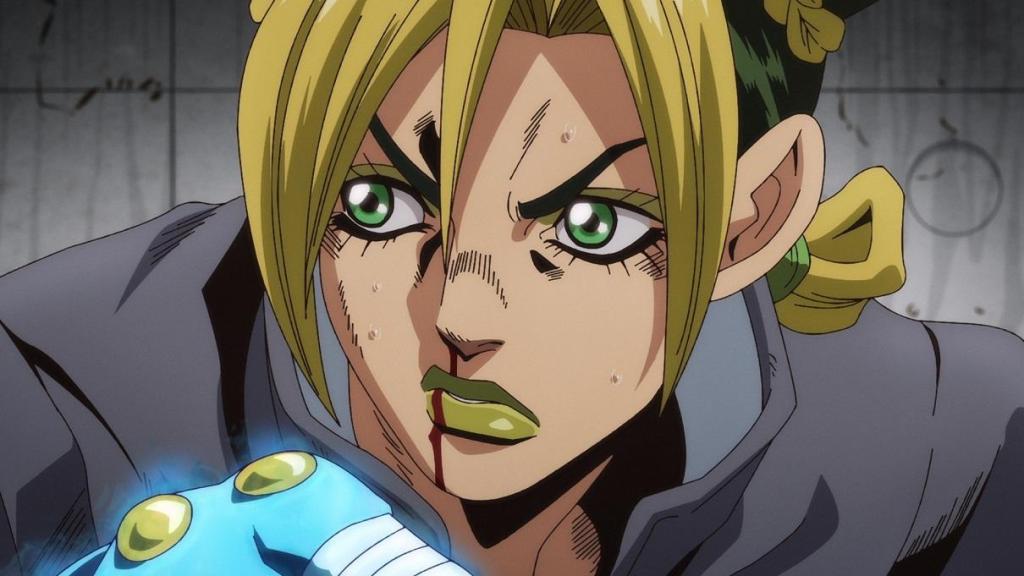
To put some events in perspective: COVID and its associated quarantines started in 2020—meaning, naturally, that JoJo picked up a bunch of new fans who binged all the way through to Golden Wind, which had just finished up the year before. To say JoJo‘s ever-growing fan base was impatient for Stone Ocean would be an understatement.
Unfortunately, Stone Ocean’s release was famously spotty: three batches of episodes premiered on Netflix (a series first) from 2021 to 2022, each with polarized reception. Now, fans are demanding JoJo‘s team fix Stone Ocean’s issues in Steel Ball Run. Neither David Production nor Shueisha want to see JoJo‘s anime become a cautionary tale—nor do any of the producers invest in Steel Ball Run. Fool us once, shame on Stone Ocean‘s adaptation; fool us twice, shame on JoJo’s production team.
[RELATED: Jujutsu Kaisen Creator to Reveal His Twist on JoJo’s Bizarre Adventure’s Best Spinoff]
JoJo’s New Mechanics Are Built to Dazzle and Distress

Steel Ball Run is a JoJo renaissance where Araki goes fundamentally back to the drawing board, and it feels made for animation. The sunlight magic of Hamon in the first two parts, the towering Stands of Stardust Crusaders, and Golden Wind‘s flashy effects for moments like King Crimson’s time erasure were all breathtaking. However, Steel Ball Run is on another level entirely. Its meticulous panels are made for motion. This is true all the way down to its Hamon counterpart, Spin, which takes as its foundation the beauty of the golden ratio and the Fibonacci spiral.
At the same time, Steel Ball Run‘s new format as a monthly seinen release allowed Araki to shift more energy toward building psychological tension—something he takes full advantage of with its Stand designs and fight choreography. Steel Ball Run gets under your skin like Gyro’s ball, and its anime adaptation will drive that to its logical extremes.
Johnny and Gyro Are JoJo‘s Most Compelling Faces Yet

One key example of JoJo‘s narrative growth in Steel Ball Run is present in its protagonist and deuteragonist: Johnny Joestar, a prodigal horse jockey who is paralyzed from the waist down after an accident, and Gyro Zeppeli, a strange Italian whose family is at the center of a major secret. Much proverbial ink has been spilled online over their friendship, and they’re often hailed as one of JoJo‘s best leading duos.
However, their value goes much deeper. While past Joestars had straight-shooting motivations, Johnny is driven by a soup of motivations at once familiar and unfamiliar—self-interested, yet noble; a slacker born with a silver spoon, yet determined and brave. Gyro simultaneously has the most intriguing backstory of any “JoBro” so far, and unraveling his mysterious origins alongside Johnny will attach the viewer to both figures even more than Joseph and Caesar’s fan-favorite dynamic in Battle Tendency.
Araki’s Representation Is Smarter Than Ever
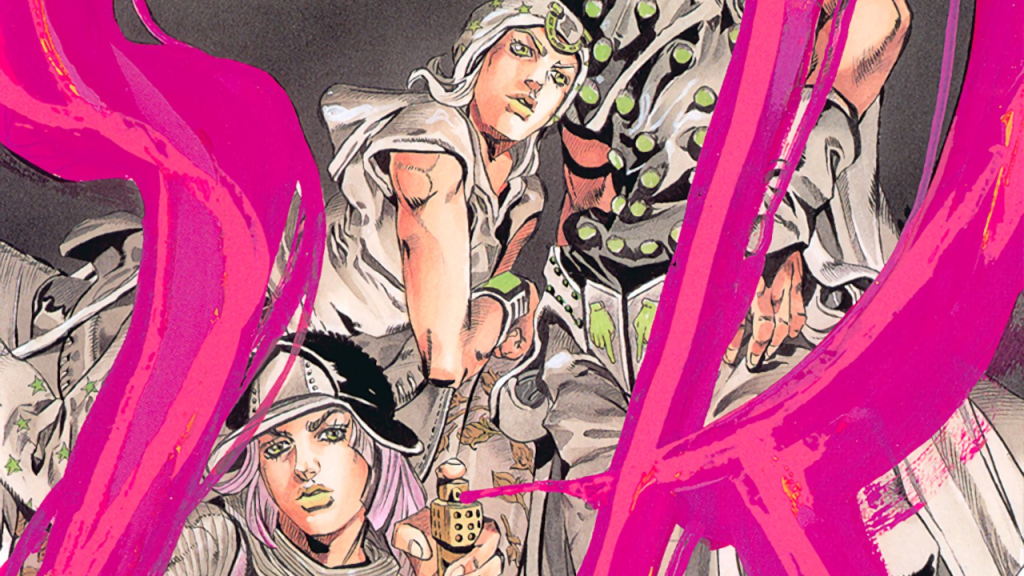
With Steel Ball Run, JoJo‘s representation is significantly stepped up. While there’s no doubt that Stone Ocean‘s cast was a major development for the series’ female representation, the aforementioned shift toward an older demographic enabled Araki to write minority characters with more depth and significance.
Steel Ball Run‘s new universe marks a new era: although the situations Araki puts female characters in are sometimes gratuitous, the characters themselves are generally smartly written while being allowed a greater range of narrative motion. Meanwhile, Hotpants’ subversion of gender norms would lay the groundwork for hard-earned milestones like the series’ first transgender character, Dragona Joestar, in The JoJoLANDS. Finally, the protagonist himself, Johnny Joestar, is a high-water mark for disabled representation in manga: his impairment does drive the plot, but it’s rarely addressed in a patronizing or insulting manner.
In Steel Ball Run, JoJo Finally Speaks With Itself

Before Steel Ball Run, the moral dynamics of JoJo tended to be pretty cookie-cutter. Hailing back to its shonen origins, JoJo had fairly clearly defined “good” and “evil” characters who ticked the boxes of viewers. Even in Golden Wind and Stone Ocean, when questions of lofty concepts like justice and vigilantism came to the forefront, they were still filtered through villains who were straightforwardly written or heroes who portrayed conventional qualities like honor and determination.
While there’s an element of this in Steel Ball Run, the part uses its more mature audience to its advantage. At times, the part almost feels like JoJo is speaking to itself: what good do concepts like “justice” or “dedication” do when they’re applied in a questionable fashion? Steel Ball Run sees JoJo add a layer of introspective complexity to itself that didn’t exist before.
JoJo Is About To Get Bizarrer Than Ever

In the past, JoJo’s Bizarre Adventure has been true to its name. That much goes without saying: Stands named after music acts (with abilities ranging from the fantastical to the unthinkable) emerging through extraterrestrial arrows; mysterious masks turning people into vampires; a man’s soul taking up residence within a tortoise. None of that exactly screams “Tuesday afternoon”.
But Steel Ball Run throws JoJo fans into uncharted territory. Araki uses the reset as an opportunity to assemble new plot devices drawing from an eclectic collage of influences. From the dinosaur-morphing return of a series staple to supernatural geography to a physics-grounded multiverse meditation, JoJo reaches new heights with the weirdness it can summon up.
At any rate, there’s no doubt that Steel Ball Run will see JoJo‘s adventures becoming more bizarre—and more bewitching—than ever.






